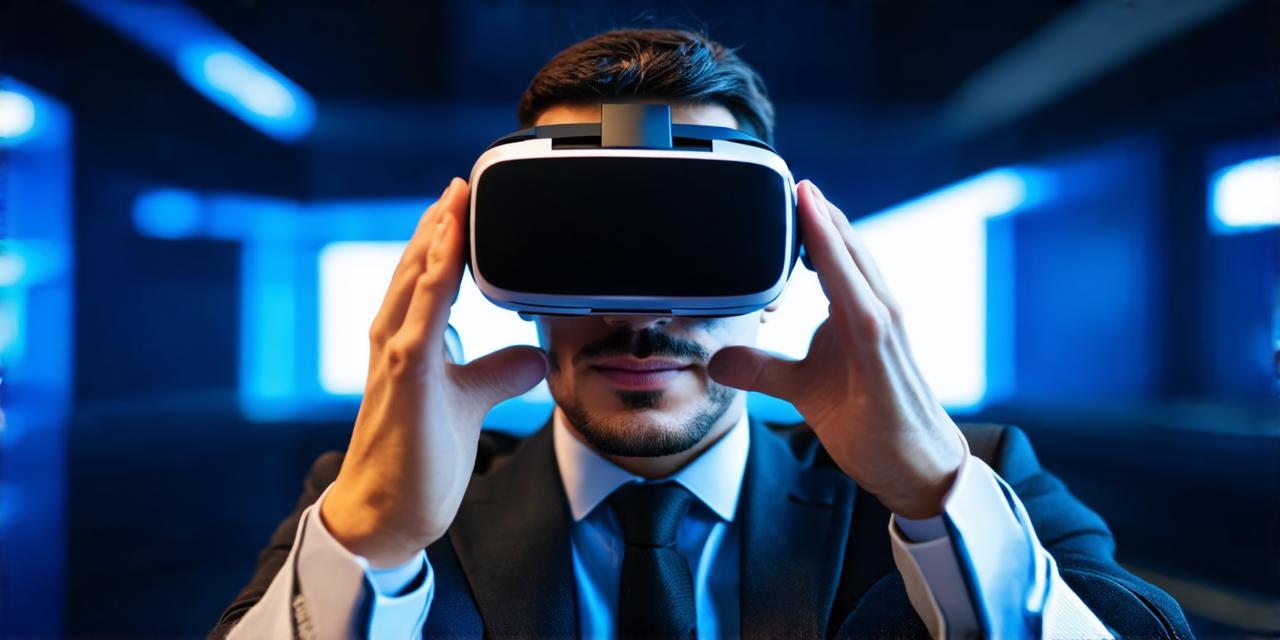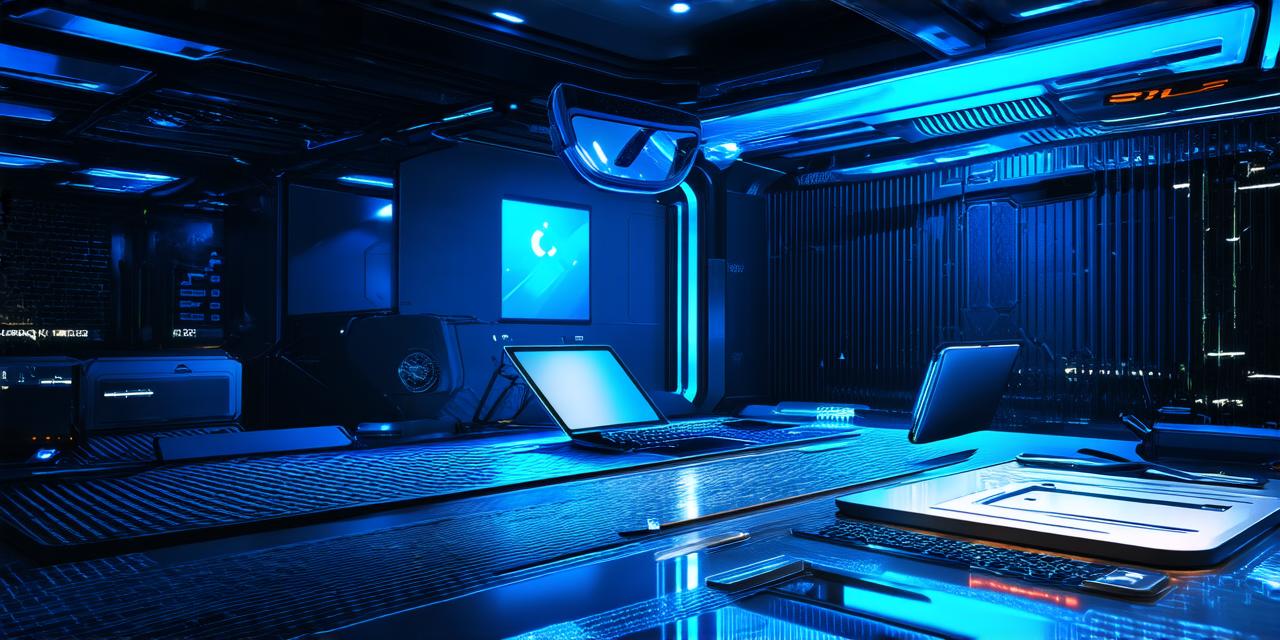Introduction:
Augmented reality (AR) and virtual reality (VR) technologies are rapidly changing the way we interact with digital content. These immersive technologies have found applications in various industries, including gaming, education, healthcare, and marketing. With India’s growing population and increasing digitization efforts, there is a high demand for skilled AR/VR developers in the country. This article aims to explore the landscape of AR developers in India, highlighting the key trends, challenges, and opportunities in the field.
Key Trends:
-
With increasing awareness about the potential applications of AR/VR technologies, there is a growing interest in these fields among students, professionals, and businesses alike. This trend is driving the demand for skilled AR developers in India.
-
India’s startup ecosystem has seen an influx of companies focused on developing AR/VR applications. These startups are leveraging these technologies to create innovative solutions across various industries, such as gaming, education, healthcare, and marketing.
-
The Indian government and private sector are investing heavily in AR/VR technologies, recognizing their potential for economic growth and social impact. This investment is driving the demand for skilled AR developers in India.
-
The e-commerce and retail industry in India has seen rapid growth in recent years, driven by increasing digitalization and changing consumer behavior. AR/VR technologies are being used to enhance the shopping experience, providing customers with a more immersive and personalized shopping journey.

Challenges:
-
Despite the growing demand for skilled AR developers in India, there is a shortage of such professionals. This shortage is due to the lack of formal education and training programs in AR/VR development.
-
AR/VR technologies are expensive, making it challenging for small businesses and startups to invest in these solutions. This high cost can also be a barrier to entry for developers who want to enter the field.
-
The Indian government has introduced various regulations around AR/VR technologies, which can be challenging for companies operating in this space. These regulations may require additional resources and expertise to navigate.
-
Despite the potential benefits of AR/VR technologies, their adoption in India is still limited compared to other countries. This limited adoption can make it challenging for developers to find practical applications for their skills.
Opportunities:
-
The Indian market for AR/VR technologies is growing rapidly, providing opportunities for developers to create innovative solutions and tap into new markets.
-
As more companies adopt AR/VR technologies, the demand for skilled developers will continue to grow. This presents a significant opportunity for professionals looking to enter this field.
-
Developers in India can collaborate with international partners to develop AR/VR solutions that tap into global markets.
-
The Indian government is actively promoting the adoption of AR/VR technologies, providing funding and support for research and development. This presents an opportunity for developers to work on cutting-edge projects and access government grants and subsidies.
Case Studies:
-
Microsoft’s HoloLens is a popular AR headset that has found applications in various industries, including gaming, education, and healthcare. The Indian market has seen significant adoption of HoloLens, with companies like Tata Consultancy Services (TCS) and Infosys developing solutions using this technology.
-
Virtual reality (VR) is being used in India to enhance the learning experience for students. For example, the National Institute of Technology (NTU), Karnataka, has introduced a VR-based course that allows students to explore the solar system and study astronomy in a more immersive way.


